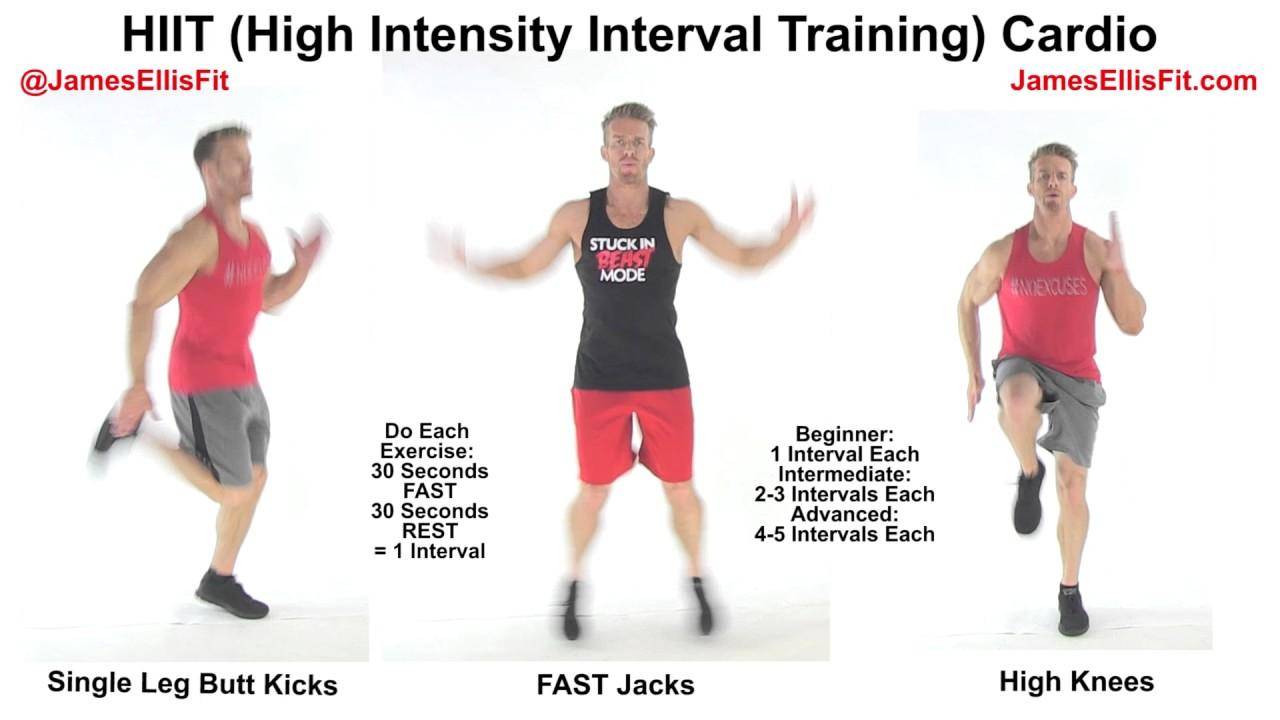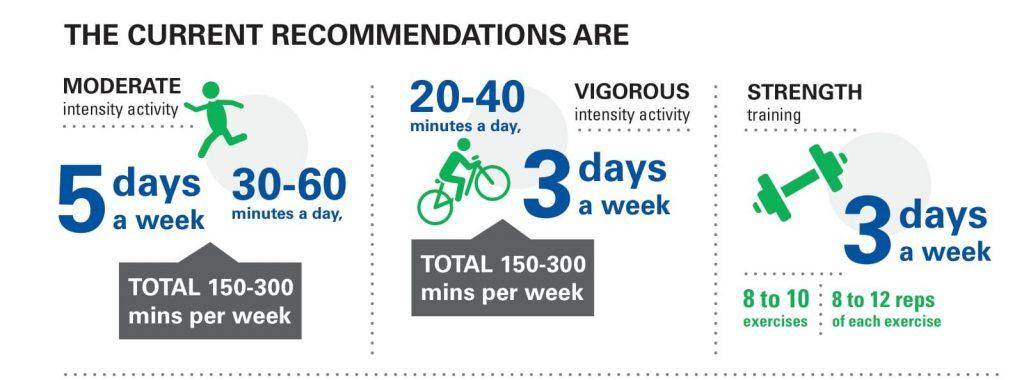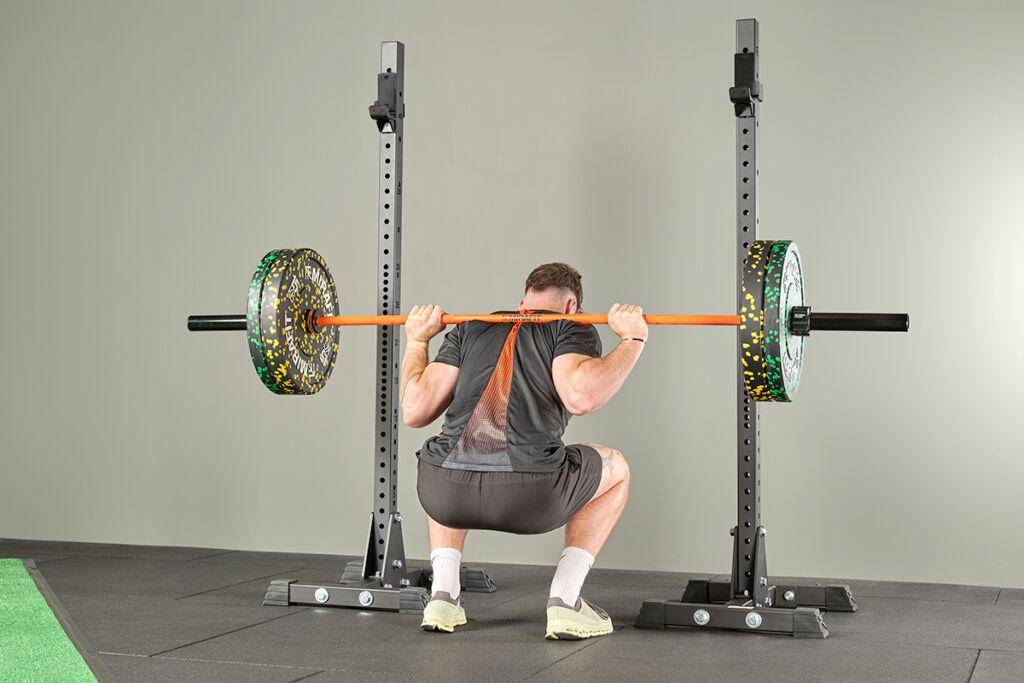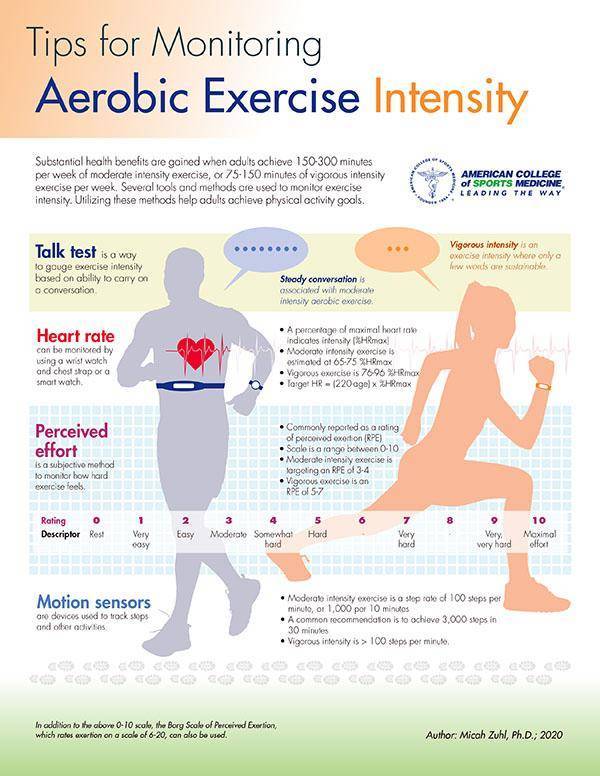Introduction: Top 5 Exercises for a Healthy Heart
In a world where busyness often reigns supreme, taking a moment to prioritize our heart health can feel like a daunting task. Yet, it’s within our grasp to cultivate a strong and resilient cardiovascular system with just a few simple adjustments to our daily routines. Much like tending to a garden,nurturing your heart requires the right exercises to help it flourish. Whether you’re a seasoned fitness enthusiast or just starting to explore the world of physical activity, discovering the exercises that best promote a healthy heart can empower you to embrace a lifestyle of vitality. In this article, we’ll uncover the top five heart-healthy exercises that not only elevate your pulse but also enrich your overall well-being. Let’s dive into the rhythm of a healthier heart and find the perfect fit for your fitness journey!
Table of Contents
- Understanding Heart Health and its Importance
- Essentials of Aerobic Exercise for Cardiac Wellness
- Strength Training: Building a Resilient Heart
- The Benefits of Incorporating Flexibility and Balance
- High-Intensity Interval Training for Optimal Heart Rates
- Navigating Exercise Recommendations for different Fitness Levels
- Creating a Sustainable Workout Routine for Lifelong Heart Health
- Q&A
- The way Forward

Understanding Heart Health and Its Importance
Heart health is a vital aspect of overall well-being, influencing not just longevity but also the quality of life. The heart serves as the bodyS engine, pumping blood and delivering essential nutrients and oxygen to tissues and organs. However, the modern lifestyle, characterized by sedentary behavior and poor dietary choices, poses importent risks to cardiovascular health. understanding the factors that contribute to heart health can empower individuals to make informed decisions and engage in behaviors that support their cardiovascular system.
Maintaining a healthy heart requires a multifaceted approach that includes not just exercise but also nutrition,stress management,and regular health check-ups. While conventional wisdom frequently enough emphasizes the importance of aerobic exercises, strength training, and flexibility routines, it’s essential to recognise that every individual’s needs and preferences differ. Thus, finding activities that are enjoyable and sustainable is key to long-term heart health.
Regular physical activity plays a seemingly effortless yet essential role in managing cardiovascular health. engaging in consistent exercise not only helps in maintaining a healthy weight but also reduces the risk of heart disease by lowering blood pressure and cholesterol levels. Moderate intensity workouts, such as brisk walking or swimming, can yield significant benefits, while higher intensity training can further promote cardiovascular endurance and strength.
Incorporating heart-healthy exercises into your routine can be both invigorating and rewarding. Aerobic activities, such as cycling, dancing, or jogging, not only keep the heart rate elevated but also aid in building endurance. Strength training, on the other hand, supports muscle maintainance and metabolism, contributing to overall cardiovascular fitness.Moreover, engaging in flexibility exercises such as yoga not only enhances physical resilience but also encourages relaxation, which is beneficial for managing stress—a known risk factor for heart problems.
| Exercise Type | Benefits |
|---|---|
| Aerobic Exercise | Improves cardiovascular endurance, lowers blood pressure. |
| Strength Training | builds muscle,boosts metabolism,aids weight management. |
| Flexibility Exercises | Enhances range of motion, reduces injury risk, promotes relaxation. |
| Balance training | Improves coordination, reduces fall risk, complements other workouts. |

Essentials of Aerobic Exercise for Cardiac Wellness
Aerobic exercise is a cornerstone of maintaining cardiac wellness,offering a multitude of benefits that extend beyond heart health. By engaging in activities that elevate your heart rate, you not only improve your cardiovascular efficiency but also enhance your body’s overall stamina. Key types of aerobic workouts include activities that foster endurance, making them essential for sustaining heart health over time.
One of the biggest advantages of aerobic exercise is its ability to lower blood pressure and improve circulation. When you engage in sustained physical activity,your heart pumps more efficiently,meaning it requires fewer beats to circulate blood throughout your body. This response can help to reduce the risks associated with high blood pressure, providing your heart with a much-needed respite over the long term.
Moreover, aerobic exercises can substantially aid in managing cholesterol levels.Regular workouts, such as brisk walking or cycling, can raise levels of high-density lipoprotein (HDL), known as the “good” cholesterol, while simultaneously reducing levels of low-density lipoprotein (LDL) or “bad” cholesterol. This shift not only protects against artery blockage but also promotes better heart health overall.
Incorporating aerobic activities into your weekly routine also plays a vital role in weight management. Maintaining a healthy weight is crucial for cardiac wellness, as excess body weight can strain the heart and increase the likelihood of developing heart disease. Engaging in regular aerobic workouts enhances calorie expenditure, making it easier to achieve and sustain a healthy body weight.
To optimize the benefits of aerobic exercise, consider the following types of activities that are both enjoyable and effective:
- Walking: A simple yet powerful way to get moving, it can be incorporated into daily routines.
- Running or Jogging: More intense and great for building stamina,best enjoyed in scenic environments.
- Cycling: A low-impact option perfect for individuals of all fitness levels.
- Swimming: Provides a full-body workout while also being easy on the joints.
- Dancing: A fun and social way to stay active while improving rhythm and coordination.

Strength Training: Building a Resilient Heart
Strength training is not only about building muscle; it plays a crucial role in developing cardiovascular health as well. When performed correctly, resistance workouts can contribute significantly to heart strength and efficiency. By increasing muscle mass, you enhance your body’s ability to utilize oxygen and improve your heart’s overall functionality, tailor-making your workouts to ensure a robust cardiovascular system.
One excellent exercise to consider is the deadlift. This compound movement engages multiple muscle groups,providing an effective workout that raises your heart rate and stimulates circulation.When performed regularly, deadlifts can improve your metabolic rate, assisting in weight management and reducing cardiovascular strain. With proper form, this exercise has a profound effect on building strength in your legs, back, and core, enhancing overall heart health.
Next up is the barbell squat. This foundational exercise requires both strength and stability, targeting major muscle groups such as the quads, hamstrings, and glutes. As you squat, your heart pumps more blood to meet the demands of your working muscles, boosting heart endurance.Additionally, squats can definitely help regulate blood pressure and promote overall fitness, crucial for a heart-healthy lifestyle.
Don’t overlook the push-up as a key player in heart health. Beyond its upper body benefits, push-ups engage the core and legs, offering a full-body workout. The rhythmic nature of this exercise can elevate your heart rate while fostering muscular endurance. Whether done on your toes or knees, push-ups can easily be adapted to fit various fitness levels, making them superb for overall cardiovascular conditioning.
Lastly, incorporating kettlebell swings into your routine can be game-changing. This dynamic exercise provides both strength training and cardiovascular benefits, making it an excellent choice for those looking to increase heart resilience. Kettlebell swings challenge your hips and core while leading to a significant increase in heart rate. In just a short amount of time, this exercise can deliver powerful results in not only muscle strength but also endurance and heart health.

The Benefits of Incorporating Flexibility and Balance
Incorporating flexibility and balance into your exercise routine can significantly enhance your overall cardiovascular health.These elements work in tandem with traditional heart-healthy workouts, providing a holistic approach that maximizes your fitness results. Improved flexibility reduces the risk of injury, particularly during more strenuous activities, while balance exercises help maintain stability and coordination as you move thru different workouts.
Flexibility plays a crucial role in maintaining the elasticity of your muscles and connective tissues, which is particularly crucial for heart health. Stretching exercises increase blood flow and circulation, reducing the tension that can accumulate in your heart and body. Regular stretching not only helps prevent injuries but also allows your heart to work more efficiently. Consider incorporating activities such as:
- Yoga
- Pilates
- Dynamic stretching routines
Conversely, balance exercises are vital for enhancing your core strength, which is fundamental for sustaining proper posture and supporting the heart. A strong core aids in better alignment and reduces the strain on your heart and lungs while you engage in more vigorous cardiovascular exercises. Engaging in activities like:
- single-leg stands
- Balance boards
- Tai Chi
can significantly improve your balance and contribute to a stronger cardiovascular system.
Furthermore, when flexibility and balance training are woven into your heart health regimen, you’re likely to experience improved mental well-being as well. Engaging in these practices often involves mindfulness, which can lower stress levels and promote a more focused mindset. A reduction in stress is directly correlated to a healthier heart, as stress can trigger a range of cardiovascular issues, from elevated blood pressure to increased heart rates.
understanding the relationship between flexibility, balance, and cardiovascular health emphasizes the importance of a well-rounded fitness routine. By addressing these aspects in addition to traditional heart-pumping exercises, you are paving the way for enhanced fitness longevity. A consistent practice not only nurtures your heart but also enriches your daily life, allowing you to engage in activities with greater ease and enjoyment.

High-Intensity Interval Training for Optimal Heart rates
High-intensity interval training (HIIT) has gained prominence as a dynamic workout strategy that challenges both the body and heart. By alternating brief bursts of rigorous exercises with periods of lower activity or rest, HIIT can effectively elevate heart rates to optimal levels.This training method not only promotes cardiovascular health but also enhances overall endurance,making it a popular choice among fitness enthusiasts.
One of the most compelling aspects of HIIT is its impact on caloric burn. During intense intervals, the body works harder, leading to increased energy expenditure. This means that even after a HIIT session, the body continues to burn calories at an elevated rate through a phenomenon known as excess post-exercise oxygen consumption (EPOC). This results in a greater fat-burning potential compared to traditional steady-state workouts.
To maximize heart rate benefits, integrating a mix of exercises is essential. Here are some effective movements for crafting your HIIT workout:
- Burpees: A total-body workout that combines strength and cardio.
- jumping Jacks: A classic exercise that elevates heart rate quickly.
- Sprints: Short,intense bursts of running or cycling.
- Mountain Climbers: An excellent core workout that also ramps up heart rates.
- High Knees: A plyometric exercise that improves agility and cardiovascular strength.
When structuring your HIIT sessions, consider these parameters to optimize your heart rate:
| Interval Duration | Intensity Level | Rest Period |
|---|---|---|
| 20-40 seconds | High | 10-30 seconds |
| 40-60 seconds | Moderate | 30-60 seconds |
| 30-60 seconds | All-Out | 60-90 seconds |
Listening to your body is crucial. As you incorporate HIIT into your fitness routine, pay attention to how your heart responds. It’s normal for your heart rate to fluctuate during intense workouts,but if you experience discomfort or an unusually high heart rate,adjust your intensity or rest as needed. Maintaining a balance is key to achieving sustainable heart health through HIIT.

Navigating Exercise Recommendations for Different Fitness Levels
Understanding how to tailor exercise routines based on individual fitness levels is essential for promoting heart health.Everyone has different starting points, and recognizing your current level can help prevent injury while maximizing the benefits of your workout. Below, we break down recommendations for three key fitness levels:
- Beginner: If you are new to exercising, it’s crucial to start at a manageable pace.Activities such as brisk walking or light cycling can gradually increase your heart rate without overwhelming your body. Aim for 20-30 minutes of moderate activity most days of the week, focusing on learning proper techniques.
- Intermediate: For those who have been exercising regularly but are looking to enhance their cardiovascular health, incorporating higher intensity workouts is beneficial. Interval training, which alternates periods of intense activity with rest, can improve endurance and heart performance. Sessions can last from 30 to 45 minutes, with intervals designed to push your limits.
- Advanced: Advanced exercisers should ensure their routine includes a blend of high-intensity workouts and recovery periods. Activities such as running, cycling, or swimming at a vigorous pace are excellent for maximizing heart health. Consider incorporating up to 150 minutes of high-intensity workouts each week, and don’t forget to include strength training to support overall cardiovascular function.
When transitioning between levels,it’s important to pay attention to your body. Listening to its signals, such as fatigue or discomfort, can definitely help you adjust your workload before it leads to injury. For those moving from beginner to intermediate, try adding short bursts of faster pace into your regular routine slowly while still allowing for adequate recovery.
| Fitness Level | Recommended Duration | Example Activities |
|---|---|---|
| Beginner | 20-30 minutes | Brisk walking, light cycling |
| Intermediate | 30-45 minutes | Interval training, jogging |
| Advanced | 150 minutes+ per week | Running, swimming, high-intensity cycling |
Nonetheless of your fitness level, always consult a healthcare provider before starting any new exercise program, particularly if you have health conditions or concerns. This ensures that your chosen workouts will not only help in achieving a healthier heart but do so safely. As you progress, feel free to adjust your goals and include new activities to keep your routine fresh and motivating!

Creating a Sustainable Workout Routine for Lifelong Heart Health
Establishing a workout routine that promotes heart health is not only important but can also be enjoyable. by incorporating various exercises into your weekly schedule,you can keep your workouts fresh and engaging. Cardiovascular exercises like running, cycling, and swimming elevate your heart rate, improving circulation and strengthening your heart. Aim for at least 150 minutes of moderate-intensity aerobic activity per week to achieve optimal heart health benefits.
Strength training plays a pivotal role in maintaining heart health as well. Engaging in resistance training two to three times a week can have positive effects on body composition and metabolism.Integrating compound exercises such as squats, deadlifts, and bench presses can enhance muscle strength and promote cardiovascular efficiency. These exercises not only aid in calorie burning but also contribute to overall cardiovascular strength.
The importance of flexibility and balance cannot be overlooked in a sustainable workout routine. Incorporating practices like yoga or Pilates not only improves flexibility but also reduces stress, which is beneficial for heart health. A weekly yoga session can help lower blood pressure and heart rate,creating a calming effect on the cardiovascular system. Additionally, these activities enhance core strength, support injury prevention, and encourage better posture.
Incorporating interval training into your routine can maximize heart health benefits in shorter workout sessions. This technique alternates between high-intensity efforts and periods of low intensity or rest, significantly improving cardiovascular endurance. For instance, a 20-minute workout might include sprinting for 30 seconds, followed by walking for 1 minute, repeated several times. This approach not only boosts calorie burn but also challenges your heart, enhancing its efficiency over time.
never underestimate the value of daily activities in contributing to your heart health. Simple tasks like walking your dog, gardening, or even taking the stairs can significantly increase your daily activity levels. Keeping track of your steps or engaging in fun recreational activities can convert everyday movements into effective workouts. Establishing a routine that blends different types of exercises ensures your workout remains sustainable and enjoyable for years to come.
Q&A
Q&A: Top 5 Exercises for a Healthy Heart
Q1: Why is cardiovascular exercise important for heart health?
A: Cardiovascular exercises, often referred to as cardio, play a pivotal role in maintaining heart health. These activities increase your heart rate, improve blood circulation, and enhance the efficiency of your heart and lungs. Regular cardio can help lower blood pressure, reduce cholesterol levels, and mitigate the risk of heart disease, making it essential for a wholesome heart.
Q2: What are the top five exercises recommended for a healthy heart?
A: The top five heart-healthy exercises are:
- Walking: A simple yet effective way to get that heart pumping, walking is accessible and can be easily incorporated into daily routines.
- Running: From jogging around the block to more intense runs, this high-impact exercise strengthens the heart muscle steadily.
- Cycling: Whether on a stationary bike or cruising down scenic routes, cycling offers a fantastic workout for the heart while being gentle on the joints.
- Swimming: A full-body workout that’s easy on the body, swimming is versatile, allowing for varying levels of intensity while boosting cardiovascular fitness.
- Dancing: Not only does it provide cardiovascular benefits, but dancing also adds a splash of joy and creativity to your fitness routine!
Q3: How often should someone engage in these exercises to see heart health benefits?
A: The American Heart Association recommends at least 150 minutes of moderate intensity or 75 minutes of high-intensity aerobic exercise each week. This can be broken down into manageable segments, such as 30 minutes of moderate activity five times a week.
Q4: Are there any recommendations for those just starting out?
A: Absolutely! If you’re new to exercise, start slowly.Walking for 10-15 minutes a day is a great way to ease into a routine.Gradually increase your duration and incorporate different forms of exercise as you become more comfortable. Always listen to your body, and consult a healthcare professional if you’re unsure about starting a new exercise program.
Q5: Can these exercises be adapted for people with existing heart conditions?
A: Yes, many heart-healthy exercises can be modified to suit individual needs. It’s crucial for anyone with existing heart conditions to work with a healthcare provider or a certified fitness professional to develop a tailored exercise plan. This ensures safety while still reaping the benefits of physical activity.
Q6: What additional lifestyle changes can complement these exercises for better heart health?
A: In addition to regular exercise,a heart-healthy lifestyle includes maintaining a balanced diet rich in fruits,vegetables,whole grains,and lean proteins. Limiting processed foods, reducing sugar intake, managing stress, and ensuring adequate sleep are also vital for overall heart health.
Q7: How can one stay motivated to maintain an exercise routine for heart health?
A: Finding a workout buddy, setting achievable goals, mixing up your routine, or even joining classes can boost motivation. Track your progress and celebrate small victories along the way. Remember, the journey to a healthy heart can be enjoyable and rewarding if you focus on what you love!
By integrating these exercises into your lifestyle, you’re not just influencing your physical health but also embracing a vibrant, happier life.
The Way Forward
nurturing a healthy heart doesn’t require complex routines or expensive gym memberships—just a commitment to incorporating these five dynamic exercises into your life. Whether you prefer the rhythmic pulse of running, the serene flow of yoga, or the camaraderie of cycling, there’s a path for everyone. Remember, each heartbeat counts, and with a blend of cardiovascular activities, strength training, and mindful practices, you’re not just exercising; you’re investing in your longevity and well-being. So lace up those sneakers, roll out that yoga mat, or hop on your bike—take the first step towards a stronger heart today. Embrace the journey, and let your heart lead the way to a healthier, happier you.


